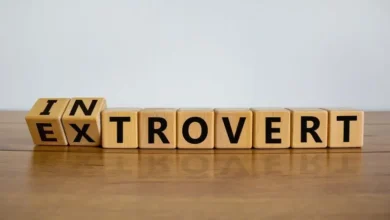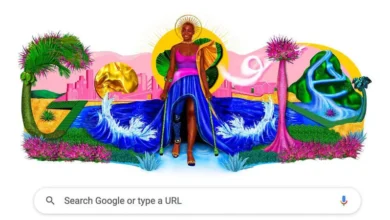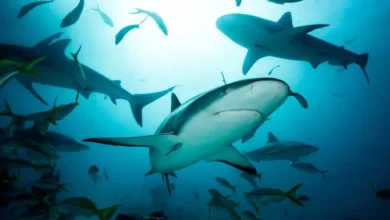‘Balad al-Fann’ showcases creative legacy, future of Jeddah Historic district
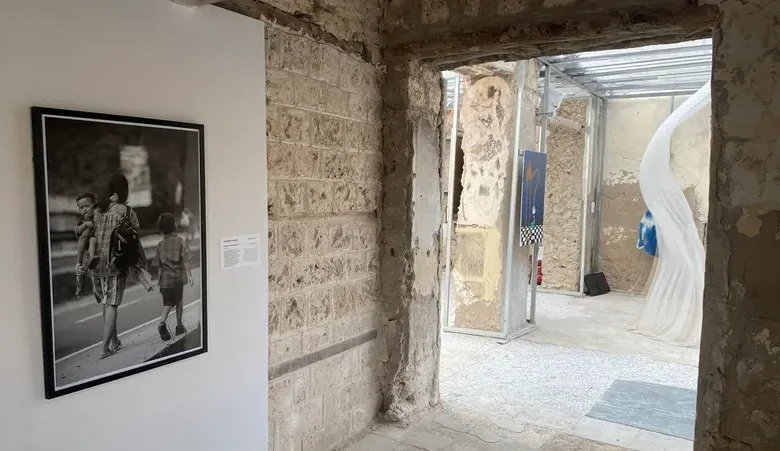
February saw the launch of ‘Balad al-Fann,’ a new Saudi grassroots art initiative hosted within Jeddah’s famous UNESCO World Heritage-listed al-Balad district. It celebrates the history and creativity of the Kingdom of Saudi Arabia and offers a platform for a new generation of local and international artists.
Multiple activations are taking place within and around the heritage houses and historical landmarks of the al-Balad district – including Sharbatly House, Zainal House, Gotta House, and Al Nawar House – in a spectacular and dynamic demonstration of the vibrant culture of the Jeddah Historic District, beckoning both visitors and participants on an exciting journey through one of Jeddah’s most enchanting areas.
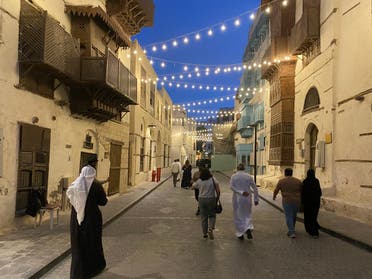
“Balad al-Fann is an initiative that was created by the Jeddah Historic District – under the patronage of the Saudi Ministry of Culture – to attract creative individuals and go back to our creative roots,” Project Manager Eman Muharrak told Al Arabiya English. “The idea is to have it as an annual [calendar of events]. We have programs to build on this and grow. It is very important for us for it to be very organic and not forced.”
“We call it an ‘initiative’ – rather than a festival – because the idea of a festival would give you the impression of something temporary that does many things and then fades out,” Co-founder and CEO of the non-profit ATHR Foundation and one of the project’s key organizers Muhammed Hafiz said. “We want it to be an ongoing program with sustainability.”
‘A gateway to Mecca’
The Jeddah Historic District is one of the oldest parts of the city, with a wealth of history and culture to match. The area bears the marks of dozens of influences brought to the Kingdom by generations of travelers, traders, and pilgrims from all over the Islamic world and is home to more than 600 historic buildings, each possessing distinct and unique architectural features.
“This district was established as a gateway to Mecca, so it has very important historical and religious meaning for Jeddah and Saudi Arabia,” said Muharrak. “We have a whole team – under the Ministry of Culture – that is responsible for the Jeddah Historic District, its renovation, operation, all of it.”
The Saudi Ministry of Culture has announced plans to completely restore and repair the Jeddah Historic District – a difficult and time-consuming task. Following the beginning of oil extraction in the 1930s, the rapid modernization and expansion of Jeddah saw many of al-Balad’s residents relocate to new homes in other parts of the city. As a result, many of the vacated older buildings began to fall into disrepair.
“If you go into one of the old houses, you will realize that a family of 30 was cramped into that space,” said Hafiz. “If you make money and you can move into a bigger space, and everyone would have a room, then that’s a natural evolution. [Similarly, from here, too] people moved out.”
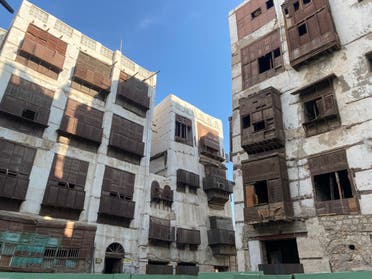
‘Bringing in multiple cultural disciplines’
“[The objective is] for the historic district to be revived as the center of culture and creativity for the city,” Muharrak continued. “As part of this, we were told to conceive an initiative that brings in multiple cultural disciplines, gives creatives a platform to create, presents an opportunity to get a flavor of what it’s like to be in al-Balad, and drives engagement with the public.”
By regenerating Jeddah’s art and culture scene and nurturing local businesses, Balad al-Fann showcases the Kingdom’s ever-increasing relevance as a cultural hub, enhancing the area with new creative projects.
“Balad Al-Fann is driven by the aspiration to revive the district and restore it to its glorious days, recapturing its historical charm and significance,” explained the Director-General of the Jeddah Historical District Program, Abdulaziz Ibrahim Alissa. “This also aligns with the goals of Vision 2030, which calls for enriching cultural life in society, supporting the creative economy, and cultivating meaningful artistic expression in various forms and colors, attracting innovative minds from all over the Kingdom.”
“The launch of this ambitious project aims to provide support to the mission of regenerating al-Balad by reintroducing the historic district as a significant cultural destination and a major creative hub,” he added.
This first edition boasts a fantastical and diverse collection of events and activities, all responding to the theme of ‘Past Forward.’ This includes multiple contemporary art exhibitions, public art installations, live music, theatre performances, crafting workshops, and culinary experiences.
Ingenious work of urban architects
The initiative features a captivating lineup, including the third edition of ‘Sindbad: I Can See Land.’ Curated by Ahaad Alamoudi, this exhibition examines the multifaceted nature of land and its connection to human mobility and the sense of place. ‘Hot Cities’ delves into how various cities of the Arab world have responded to the challenges of climate change, spotlighting the ingenious work of urban designers and architects.
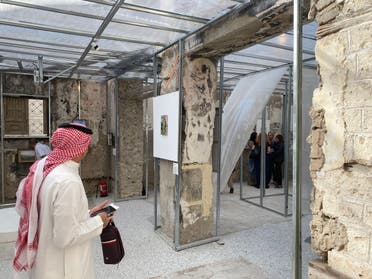
‘Matters Through Matter’, a collaboration with American philosopher Graham Harman, uses sculpture and mixed media to explore the idea that objects – whether natural, artificial or abstract – interact with one another, independent of human perception, creating the possibility for audacious, imaginary journeys through al-Balad’s wondrous architecture.
Elsewhere, the ‘Sonic Recall program introduces audiences to alternative music-learning methods, using a combination of live performances, workshops, and community spaces, while ‘Zawiya97 Crafts’ honors the legacy of Jeddah’s traditional artisans, showcasing their craftsmanship and their enduring impact on the city’s culture.
“The whole idea is to attract artists,” said Muharrak. “We [want to] have artists from all over the world. It is neither Jeddah specific, [nor is it] just specific to the historic district. This is for everyone. We wanted [it to be] as organic as possible.”
“Historically, Jeddah has always been a melting pot of all these ethnicities,” said Hafiz, “[and that] exchange of culture in Jeddah is reflected in Balad al-Fann.”
